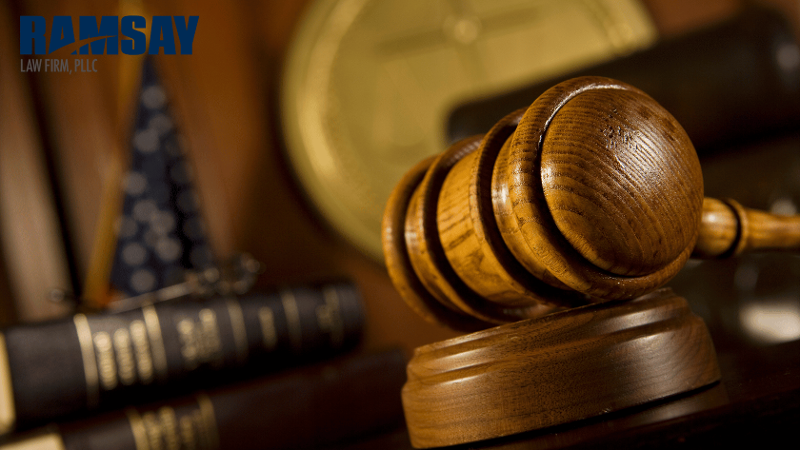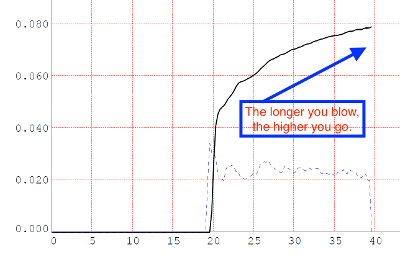The Murky Legality of Breathalyzers in Post-Tanksley Minnesota

Minnesota's DWI landscape shifted significantly after the State v. Tanksley decision in 2012. While the court ruled that urine alcohol concentration alone could suffice for a DWI conviction, it left a crucial question unanswered: how does breath alcohol analysis fit into this equation?
Today, we dive into the complexities of breath alcohol analysis in light of Tanksley, highlighting the ongoing debate surrounding sample collection and its implications for DWI prosecutions.
The Tanksley Precedent: Urine vs. Blood
The Tanksley case established that DWI convictions could rely solely on urine alcohol concentration, decoupling it from blood alcohol concentration (BAC). The court decided that urine alcohol levels don’t need to be related to blood alcohol levels. This was significant because urine alcohol levels can vary wildly depending on when you collect the sample.
Your bladder acts as a holding tank for alcohol. So you could be over the legal limit for urine alcohol but far under the legal limit on blood.
Basically, the court said: We don’t care about urine-blood conversion factors. If the urine is over 0.08 g/67 ml, it doesn’t matter if the blood is less than 0.08%.
The Elusive "Breath": Heterogeneity and Timing Issues
Exhaled breath is not a uniform substance. Alcohol concentration increases throughout exhalation, with the initial breath often containing lower levels than if you continue to blow. This is why officers trying to justify their arrest encourage you to “keep blowing, keep blowing, keep blowing!”
This raises critical questions about when to capture and analyze the breath sample. Should it be the minimum required of 1.5 liters, or should it wait until the lungs are fully emptied when the alcohol concentration is higher?
Beyond the Minimum: Encouraging Deeper Blows

Current practice often sees officers encouraging subjects to blow beyond the minimum requirement. While state experts claim this gets closer to BAC, it contradicts the Tanksley verdict, which severed the link to BAC. This inconsistency creates confusion and potential challenges in DWI cases.
Basically, by following the officer's directions to, “blow, blow, blow!” you’re giving more evidence against yourself—even after you’ve met the minimum requirements!
(If you’re looking for a way to beat the breath test, read our guide here.)
Automating Capture: A Call for Consistency
It’s only fair that everyone gets treated the same way by the breath alcohol machine. You shouldn’t get punished because you blow longer into the machine.
The state needs to program its breath machines to automatically capture samples once the minimum volume is met. This would ensure consistency, eliminate human discretion, and prevent potential bias in sample collection.
It would also align with the Tanksley decision, focusing solely on the captured alcohol concentration without making claims about its correlation to BAC.
The Road Ahead: Balancing Accuracy and Fairness
The Tanksley case opened a new chapter in Minnesota's DWI laws, but the breath machine's role remains unclear. Standardizing sample collection procedures and aligning them with the court's ruling are crucial steps to ensure accurate and fair DWI prosecutions.
As technology advances, fairness in breath alcohol will be an ongoing challenge for Minnesota's legal system.
CALL RAMSAY LAW
If you’ve been accused of a DWI, you need a firm that understands the science and the law. At Ramsay Law, we have the only board-certified DWI defense in the state (recognized by the American Bar Association, not the MSBA).
We look at all the breath machine data to ensure you get the best defense possible.
Call 651-604-0000 to talk with us today.

